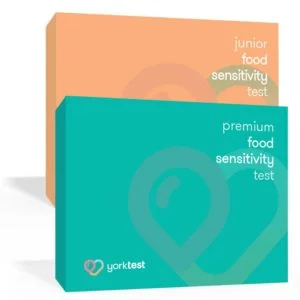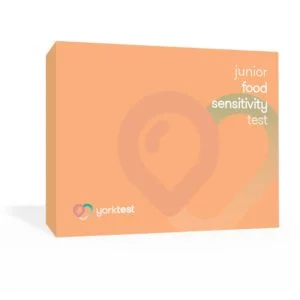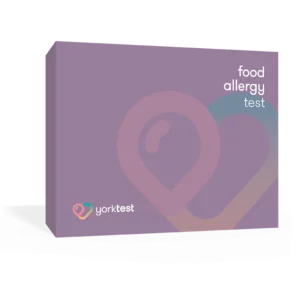Going for a summer walk can be an enjoyable experience – if you don’t suffer from hay fever, that is.
For those with seasonal allergies, the symptoms can be overwhelming and quickly lead to itchy skin, watering eyes and lots of sneezing.
Hay fever occurs when the immune system sees pollen as a threat, leading to an allergic reaction. Signs of hay fever can be very similar to those who also have nut allergies – for example a scratchy throat or itchy skin, so it’s important to narrow down what’s causing them. As, even though there isn’t a cure for pollen allergy, avoiding areas that are high in pollen count can help to control and manage symptoms.
YorkTest has conducted research that reveals the best and worst parks across the US for hay fever sufferers. We have analyzed the tree pollen count surrounding the 100 largest public parks to establish where you might be caught with a hay fever attack – and where to avoid the dreaded itchy eyes and runny nose.
The top 10 best parks for low pollen counts:
For those who regularly travel to Alaska and Hawaii, you’re in luck, as these two states host parks with low to zero pollen.
Hawaii and Texas parks were revealed as offering safe green areas for those with severe allergies. Parks like Ka’ena Point State Park and Rancho Diana came first and third for being the top parks with the lowest pollen count.
| Rank | Park | State |
| 1 | Ka’ena Point State Park | Hawaii |
| 2 | Koko Head District Park | Hawaii |
| 3 | Rancho Diana | Texas |
| 4 | Kincaid Park | Alaska |
| 5 | Far North Bicentennial Park | Alaska |
| 6 | Ahupua’a O Kahana State Park | Hawaii |
| 7 | Chugach State Park | Alaska |
| 8 | River Legacy Park | Texas |
| 9 | White Rock Lake Park | Texas |
| 10 | Fort Worth Nature Center | Texas |
The top 20 worst parks for hay fever sufferers
According to our research, Ohio parks are among those most likely to have the highest levels of pollen.
Brecksville Reservation, North Chagrin Reservation and Stinchcome Wildlife Refuge took the top three spots, suggesting that on hot summer days walks in parks across Ohio may not be the best choice for those with severe hay fever.
Another state that has super high pollen levels is New York. With over five parks in the top 20, including renowned tourist spot Central Park, it might be best to stroll through the area first thing in the morning or in the evenings to avoid your allergies flaring up.
| Rank | Park | State |
| 1 | Brecksville Reservation | Ohio |
| 2 | North Chagrin Reservation | Ohio |
| 3 | Stinchcomb Wildlife Refuge | Ohio |
| 4 | Mohawk Park | Oklahoma |
| 5 | Pennypack Park | Philadelphia |
| 6 | Wissahickon Valley Park | Philadelphia |
| 7 | Franklin Mountains State Park | Texas |
| 8 | Fairmount Park | California |
| 9 | Sabre Springs Open Space | California |
| 10 | Pelham Bay Park | New York |
| 11 | Eisenhower Park | New York |
| 12 | Van Cortlandt Park | New York |
| 13 | Delaware Park | New York |
| 14 | Central Park | New York |
| 15 | Gateway National Recreation | New York |
| 16 | El Dorado Park | California |
| 17 | Liberty State Park | New Jersey |
| 18 | Hidden Valley Wildlife Area | California |
| 19 | Flushing Meadows Park | New York |
| 20 | Cobb’s Creek Park | Pennsylvania |
As well as rising pollen counts, summer months also bring BBQs, picnics and other changes to our diets to suit the warmer weather. If you start experiencing a reaction with symptoms like bloating, stomach pain, headaches, and flaky skin – rather than the classic hay fever symptoms – you may be suffering with a food sensitivity rather than a seasonal allergy. Taking a food sensitivity test is an essential first step for pinpointing whether the food you eat, or something else, could be causing your symptoms this summer.
Methodology
Using The Trust for Public Land’s list of the 100 largest parks across the US, YorkTest analyzed the expected grass pollen levels in each geographic area over the course of a four-day period using https://pollencount.app/. It then came up with an average of the four-day period to create this index.











